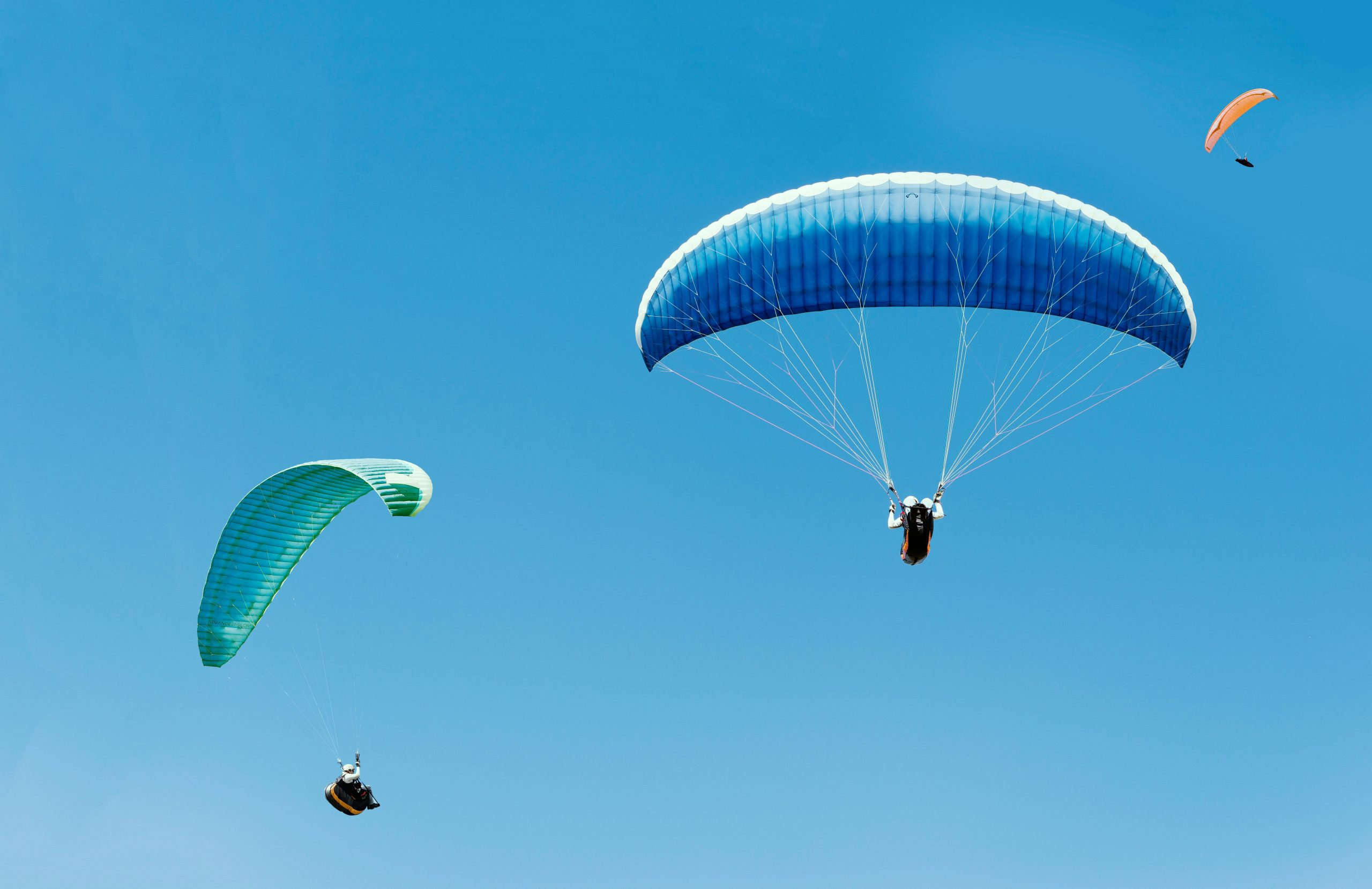Air Rights for Drones: Zoning Laws in the Flying Taxi Era
Air rights have always been an important aspect of city zoning laws, governing the height and use of buildings in urban areas. However, with the emergence of drone technology and the increasing popularity of flying taxis, a new discussion has emerged about air rights for these airborne vehicles. As cities begin to plan for a future where drones are a common mode of transportation, the question of how to regulate and manage their use in the airspace becomes crucial. In this article, we will dive into the world of air rights for drones and explore how zoning laws are evolving to accommodate this emerging industry.
The Rise of Drones and Flying Taxis
Over the past decade, drones have become more than just a tool for hobbyists and filmmakers. They have taken on a variety of roles in industries such as agriculture, construction, and delivery services. With the advancements in technology and the development of autonomous flying vehicles, the idea of flying taxis has also become a realistic possibility. Companies like Uber, Airbus, and Boeing are already investing in this market and testing their prototypes in cities around the world.
The benefits of flying taxis are aplenty – they can reduce travel time, ease traffic congestion, and provide a more environmentally friendly mode of transportation. However, their integration into urban spaces also raises concerns about safety, noise pollution, and privacy. This is where air rights for drones come into play.
Zoning Laws and Airspace Management
Traditionally, zoning laws are used to regulate the use and development of land, with specific height restrictions for buildings in different zones. However, these laws were not designed to address the needs of the airborne vehicles and have no provisions for managing the airspace above buildings.
In order to manage the use of drones and flying taxis, cities need to create new zoning laws that address the use of airspace and airspace rights for property owners. This involves determining the altitude at which drones can fly, creating designated zones for takeoff and landing, and setting restrictions for certain areas such as airports, schools, and sensitive government facilities.
Who Owns the Airspace?
One of the biggest challenges in regulating airspace for drones is determining who owns it. In the past, the Federal Aviation Administration (FAA) has claimed ownership of all airspace above buildings. However, with the increasing use of drones by private citizens and businesses, cities are now looking at ways to designate airspace as part of property ownership. This would mean that the property owner would have the right to decide who can fly over their land and at what altitude.
To address this issue, some cities are considering creating a legal framework that allows for the sale or leasing of airspace rights. This would give property owners the opportunity to sell their airspace to drone service providers, similar to how digital billboards are leased to advertisers.
Challenges and Solutions
As cities grapple with the issue of air rights for drones, there are a few major challenges that need to be addressed. One of the main challenges is the lack of federal regulations for drones and flying taxis. The FAA currently only has regulations in place for commercial drones, and there is no standard for managing the use of airspace for flying taxis.
To overcome this, some cities have taken the initiative to draft their own regulations. For example, the city of San Jose, California has created its own ordinance that outlines the requirements for drone operators, including obtaining a permit, having insurance, and adhering to flight safety protocols. Other cities, like Dallas, Texas have created innovation zones where companies can test their flying taxi prototypes without worrying about violating federal regulations.
The Future of Air Rights for Drones
As we move closer to a sky filled with drones and flying taxis, it is clear that the issue of air rights will only become more pressing. Cities will need to find ways to balance the economic potential of these technologies with the concerns of privacy, noise, and safety. While some cities are leading the charge in creating zoning regulations for drones, a more comprehensive federal framework is needed to ensure consistency across the country.
As with any emerging technology, it will take time for cities to adapt and find the best solutions for managing air rights for drones. However, it is clear that this is not a problem that will simply go away. With proper planning and collaboration between federal, state, and local governments, we can create a future where drones and flying taxis can coexist in our cities while respecting the rights of property owners and the safety of citizens.
In Conclusion
The flying taxi era is upon us, and with it comes a whole new set of challenges for city planners and policymakers. Air rights for drones will play a crucial role in how our cities evolve to accommodate this emerging industry. Zoning laws will need to adapt and include provisions for airspace management, and cities will need to work together to create a comprehensive framework for regulating drones and flying taxis. By approaching this issue proactively and with collaboration, we can create a future where drones and flying taxis are an integrated and safe part of our urban infrastructure.











